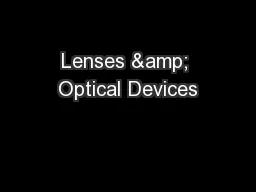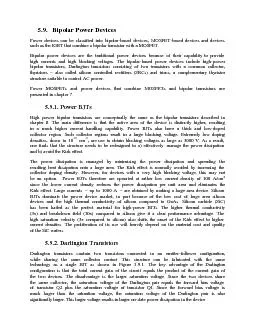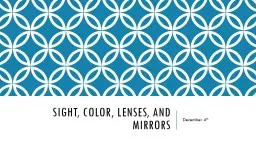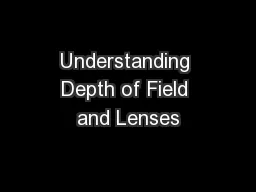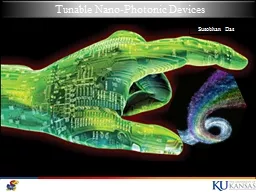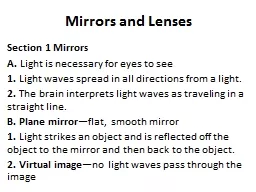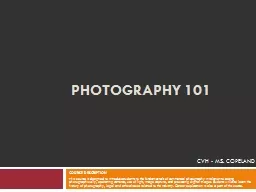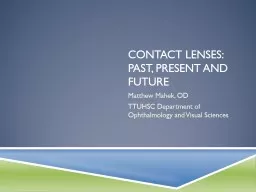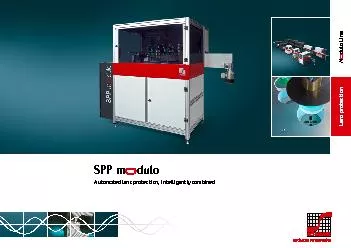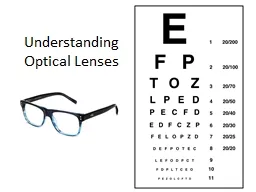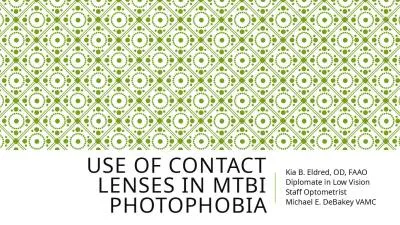PPT-Lenses & Optical Devices
Author : sherrill-nordquist | Published Date : 2017-09-30
Lenses A transparent object used to change the path of light Examples Human eye Eye glasses Camera Microscope Telescope Reading stones used by monks nuns and scholars
Presentation Embed Code
Download Presentation
Download Presentation The PPT/PDF document "Lenses & Optical Devices" is the property of its rightful owner. Permission is granted to download and print the materials on this website for personal, non-commercial use only, and to display it on your personal computer provided you do not modify the materials and that you retain all copyright notices contained in the materials. By downloading content from our website, you accept the terms of this agreement.
Lenses & Optical Devices: Transcript
Download Rules Of Document
"Lenses & Optical Devices"The content belongs to its owner. You may download and print it for personal use, without modification, and keep all copyright notices. By downloading, you agree to these terms.
Related Documents

